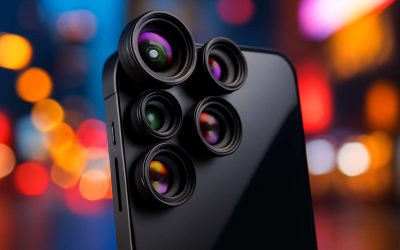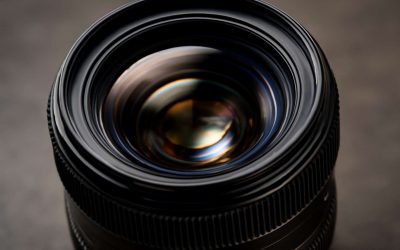
Using the right camera lens for your camera can have a big impact on the photos you take. There are a number of different types available, including Wide-angle, STM, EF-S, and L-series lenses. While each type offers a unique set of features, there are a few things you should consider before making your choice.
L-series
Those looking to purchase professional level lenses from Canon will find the L-series lens line to be a good investment. The ring type ultra sonic motor used in these lenses provides quick autofocus transition.
The L-series is also known for its high-quality optical formulas and physical build. These lenses are built to stand up to abuse and are weather-sealed. They also have focus scales on the lenses, giving photographers the ability to set the focus accurately.
Another feature of the L-series is a built-in LED macro light that can be mounted on the left or right side of the lens. It also features two brightness levels. This is a big deal in close-up photography.
Some L-series lenses even feature hybrid image stabilization, which corrects x-y shift and vibration. This feature is especially useful in close-ups, where it can be difficult to manually adjust focus.
EF-S
EF and EF-S camera lenses are two different types of lens designed by Canon. They are used on different types of cameras and have different features. It is important to know which type of lens you should use. Choosing the right lens is a good investment.
Both EF and EF-S camera lenses have their merits. However, EF lenses are designed for professional photographers and are made to higher quality standards. They are also more expensive than EF-S lenses. Besides, they are compatible with all Canon EOS camera bodies. You can also use EF lenses with adapters on RF mount bodies. But which is the better choice?
The biggest difference between EF and EF-S camera lenses is their image circle. EF lenses are designed to work with full-frame sensors and EF-S lenses are designed to work with APS-C sensors.
EF-M
EF-M is a lens mount developed by Canon for its EOS M series of interchangeable-lens cameras. Its design is intended for use with cameras with an APS-C-size image sensor.
The mount is a derivative of the EF-S mount, whose design was first introduced in 1987. Its compact form factor is a result of a reduced focal length, but the short flange focal distance means the camera remains portable.
There are a variety of lenses in the EF-M series, including wide-aperture primes, such as the 50mm f/1.4L USM. These lenses are lightweight and deliver smooth bokeh. The bright f/1.4 maximum aperture allows photographers to work in low-light conditions, which can be advantageous.
The EF-M line also includes a dedicated macro lens. The 28mm focal length is unusually short, but in full-macro mode it has a 13mm working distance. The stepping motor autofocus system enables extreme accuracy. The lens’s Super Multi-Layer Coating controls flare and ghosting.
STM
Whether you are an amateur or professional photographer, Canon STM lenses will make your job easier. These lenses are designed to work in video applications and offer quiet, smooth focusing. They are also less expensive than USM lenses.
Canon STM lenses use a Stepping Motor, which rotates in fixed steps. The motor does not use contact brushes, allowing for near-silent focusing. However, it is not as quiet as the ring type USM motor.
While STM and USM lenses work in different ways, both are excellent options for photographers. They are a great choice for videographers who rely on autofocus for their work.
In addition to being faster and cheaper, STM lenses are quieter than their USM counterparts. They also allow for silent focus and tracking operation. This is important for shooting video, as the audio part of the recording is critical.
Wide-angle
Having a wide-angle lens can be a fun way to capture a great shot. These lenses are useful for architectural photographs, portraits, group photos, and landscapes. They also offer an excellent depth of field, which makes for some visually appealing pictures.
Some popular brands for DSLR camera lenses include Canon, Sigma, and Nikon. Many of these brands offer a wide-angle lens. The key to choosing a wide-angle lens is to figure out your needs. This can involve research, reading reviews, and even asking questions.
For example, if you are shooting a portrait of someone, you may want a 50mm lens. This is not as fast as a 10-22mm lens, but it has more reach. For landscape photography, you can try a 17-40mm f/4 lens.



0 Comments